Experience the authentic flavors of the tropics by exploring Colombia's unique exotic fruits, such as lulo, pitaya, and guanábana.
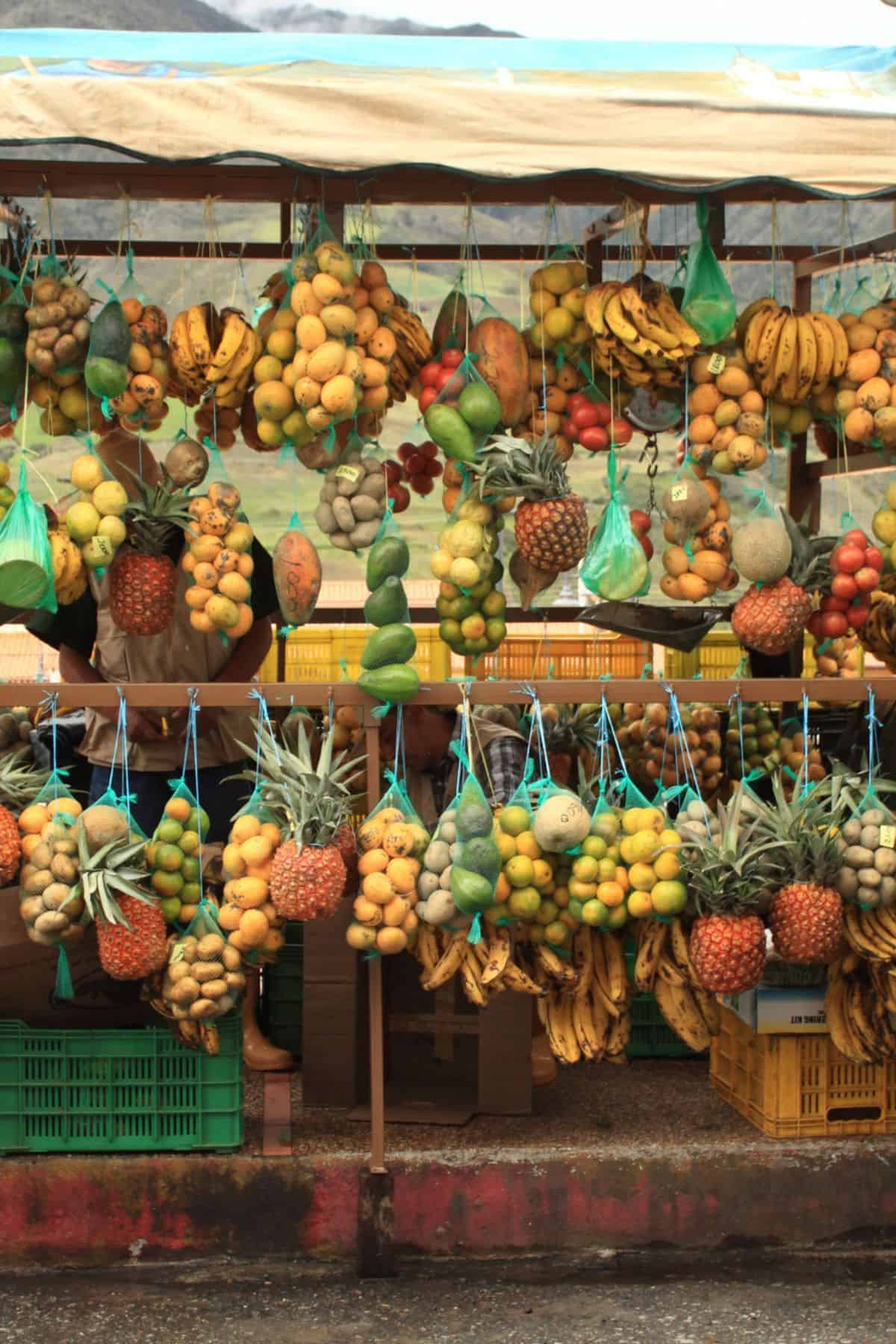
Welcome to a journey through the lush landscapes of Colombia, where an array of exotic fruits offers a kaleidoscope of flavors and nutritional benefits. In this blog post, we'll delve into Colombia's tropical fruits that are integral to the country's culinary heritage and are now capturing the attention of health enthusiasts globally.
Jump to:
- The Citrus Sensation of Lulo
- The Versatile Golden Berry Uchuva
- The Tropical Diversity of Passion Fruit Varieties
- The Tangy Tamarind
- The Strangeness of Cañafístula
- The Creamy Delicacy Guanábana
- Exotic and Rare: Mangosteen and Chontaduro
- The Sweet and Subtle Zapote and Nispero
- The Sweetness of Mamey
- The Juicy Delights of Mamoncillo
- The Romance of Caimito
- The Snacky Wonder of Ciruela
- The Wonder of Pitaya
- The Aromatic Wonder of Feijoa
- The Acidic Delight of Tamarillo
- Cartagenian Corozo
- Nutritional Powerhouses with Unique Health Benefits
- Embracing Colombia's Fruit Heritage
The Citrus Sensation of Lulo
One of Colombian cuisine's most beloved fruits is the lulo. This citrus wonder is a staple in juices and desserts, renowned for its tangy taste that delights both locals and Colombian visitors. Its slightly acidic flavor profile is a testament to the diverse palate of Colombian fruits.
The Versatile Golden Berry Uchuva

The uchuva, or golden berry, is a small but mighty fruit encased in a papery husk. Its balance of sweet and sour notes makes it a versatile ingredient for fresh eating, as well as in salads, desserts, and preserves.
The Tropical Diversity of Passion Fruit Varieties
Colombia's passion fruit varieties, including gulupa, granadilla, and curuba, offer a spectrum of flavors from the refreshingly tangy maracuyá to the sweet and nutrient-rich gulupa. Each variety brings its own unique twist to the table of Latin cuisine, and they're perfect for making sweet cocktails, tasty drinks and unique salsas.
"I once spent several weeks in Colombia and I'm fairly certain I ate my weight in fruit. Granadilla, in particular, stands out in my mind. It was always so fresh, juicy, and sweet."
— Kristen Wood, MOON and spoon and yum.
The Tangy Tamarind


Tamarind, known locally as tamarindo, is a popular ingredient in Colombian dishes, providing a distinctive tangy and sour flavor to dishes and tamarind cocktails. Beyond its culinary uses, tamarind is also recognized for its health benefits, including digestive aid and fever reduction.
The Strangeness of Cañafístula
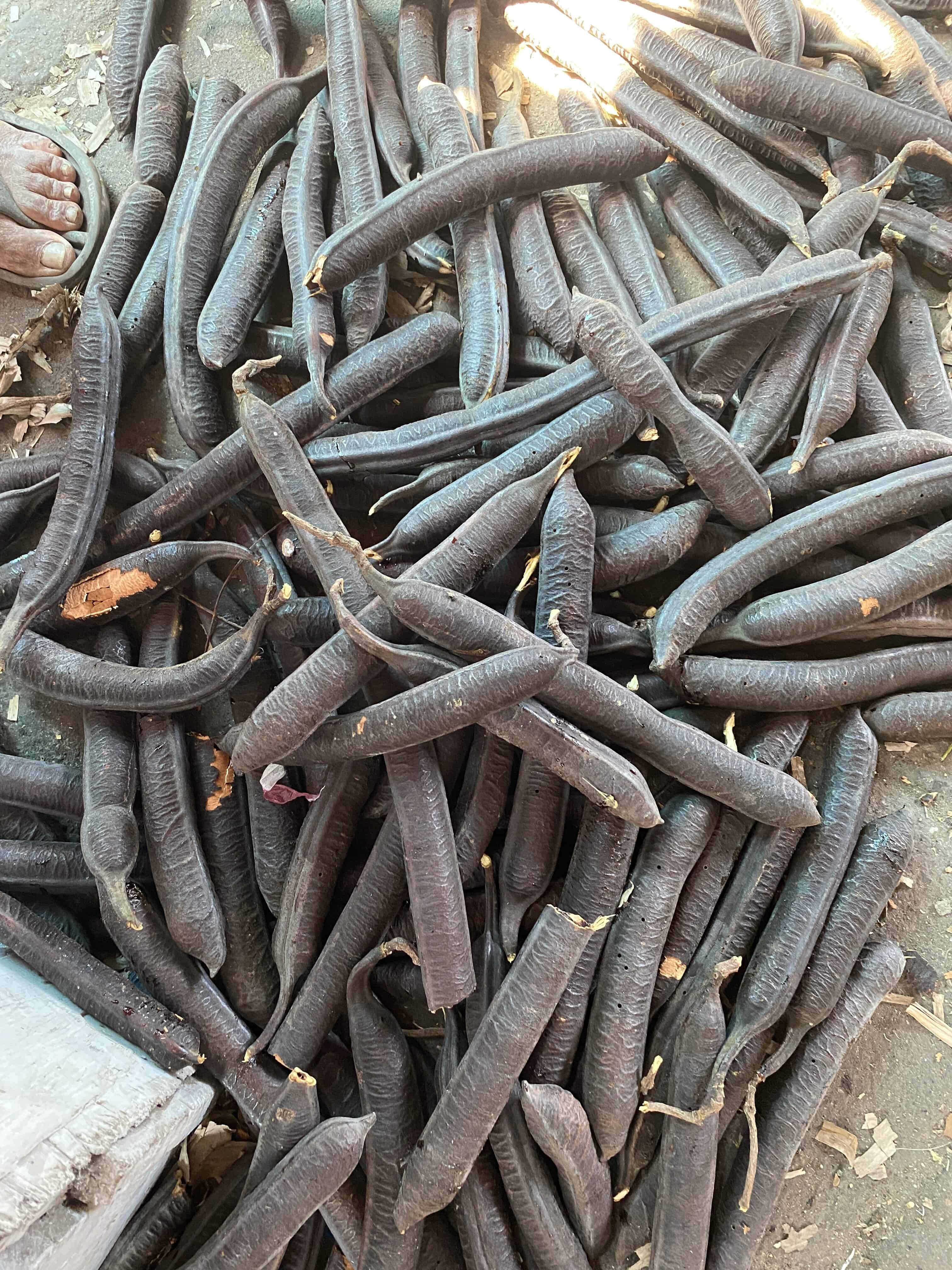
The Colombian fruit known as "cañafístula" refers to the fruit of the Cassia grandis tree, also commonly called the pink shower tree. Cañafístula is native to tropical regions of the Americas, including Colombia, and is recognized for its long, cylindrical, brown pods that contain a sweet, sticky pulp.
This pulp is often eaten raw or used in traditional medicine and as a natural laxative due to its high fiber content. The pods, when mature, can be quite long, sometimes reaching up to 60 centimeters in length. While not as widely known or consumed as other tropical fruits, cañafístula is part of the diverse range of fruits found in Colombia's rich biodiversity.
The Creamy Delicacy Guanábana
Guanábana, or soursop, is a fruit with a creamy texture and a tangy punch. It's commonly used in smoothies and ice creams and is celebrated for its refreshing tropical taste and potential health properties.
“I first tried soursop in the form of ice cream and immediately fell in love with its tangy sour taste. A traditional meal at a local's house on that trip showcased the fruit in a punch which I love recreating at home any time I can find it locally.”
— Gina Matsoukas, Running to the Kitchen.
Exotic and Rare: Mangosteen and Chontaduro
Mangosteen and chontaduro are less common but highly sought-after fruits. Mangosteen is prized for its sweet, aromatic flavor, while chontaduro offers a starchy, potato-like texture, both highlighting the diversity of Colombia's fruit offerings.
The Sweet and Subtle Zapote and Nispero
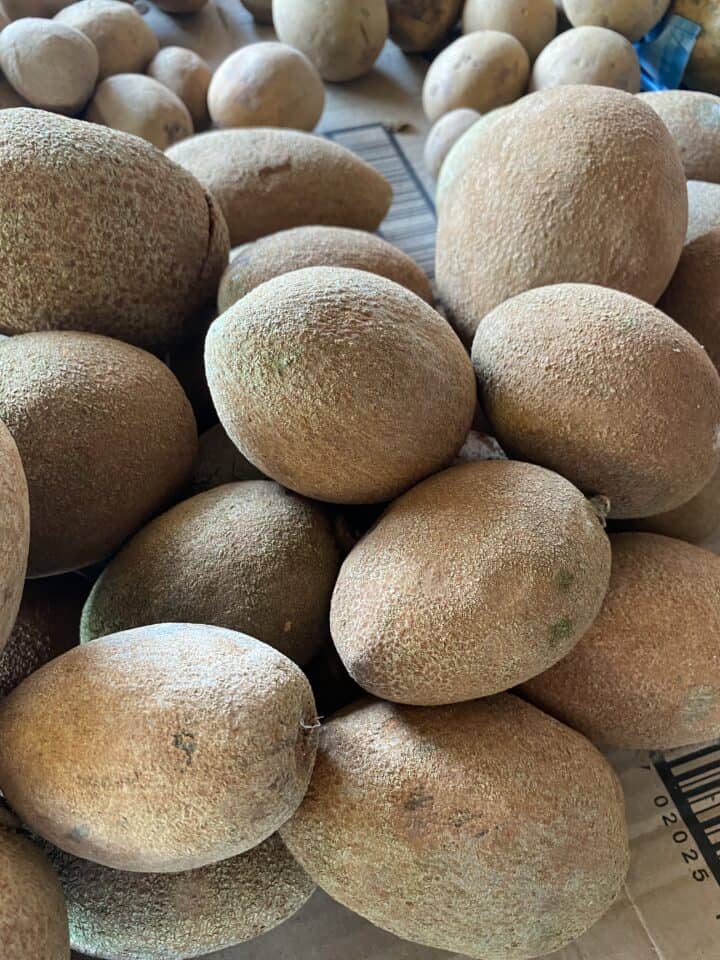
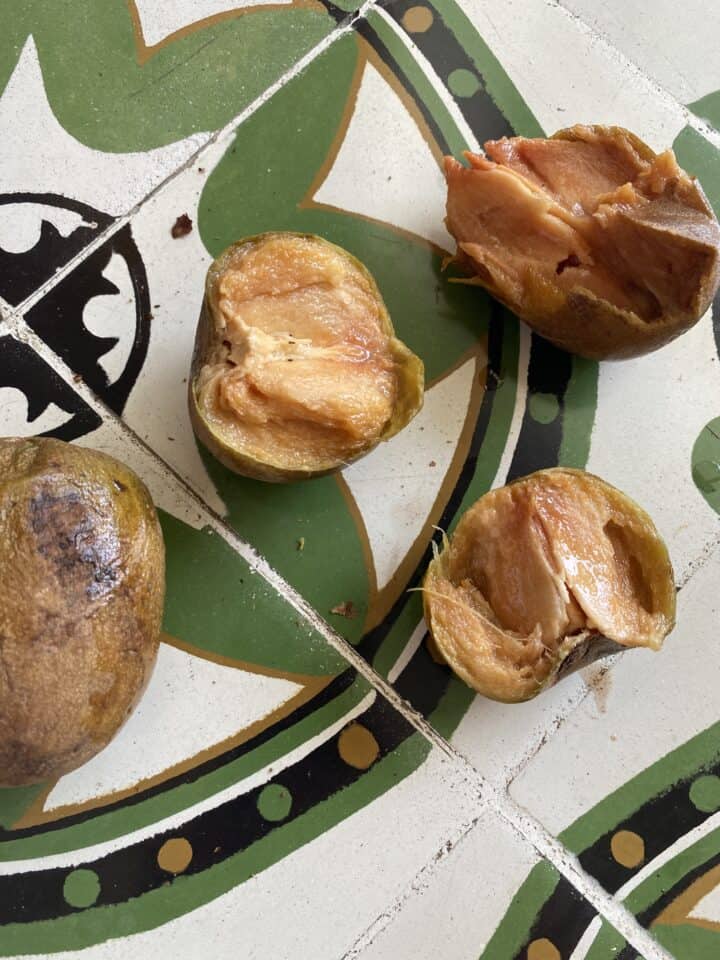
Zapote is celebrated for its creamy caramel flavor, making it a distinctive choice for those looking to explore Colombia's unique fruit offerings. It stands out in a variety of desserts, offering a sweet and subtle taste that can enhance desserts and other dishes.
Nispero, a close cousin that is smaller in size, is known for its sweet, buttery flesh, which delivers a rich and memorable flavor profile. However, Colombian nispero is not to be confused with loquat, which is also called nispero in the Dominican Republic.
The Sweetness of Mamey
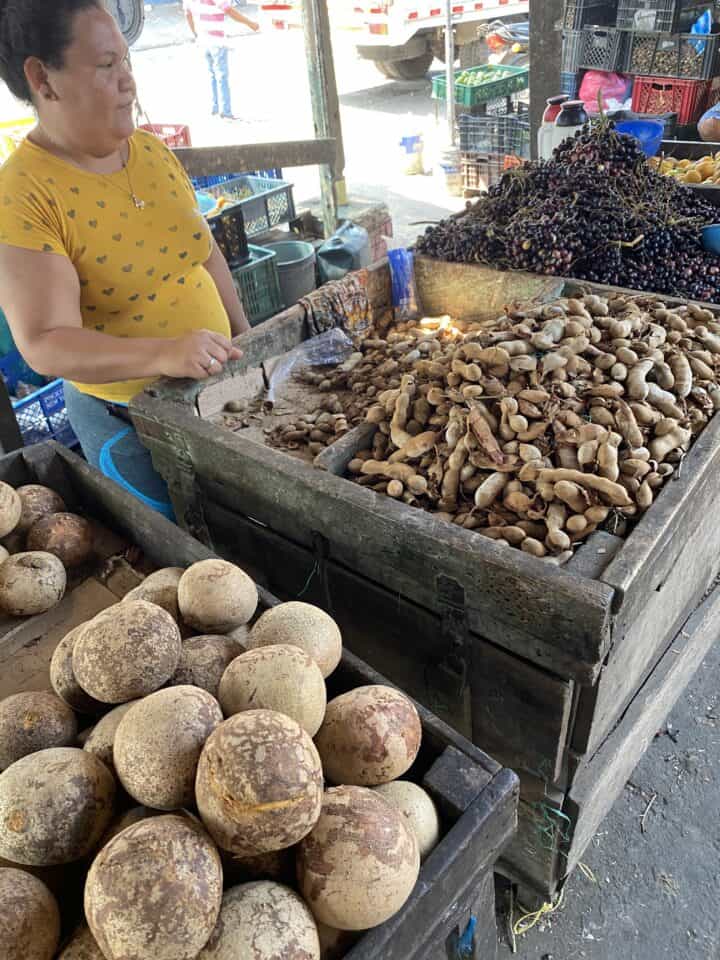
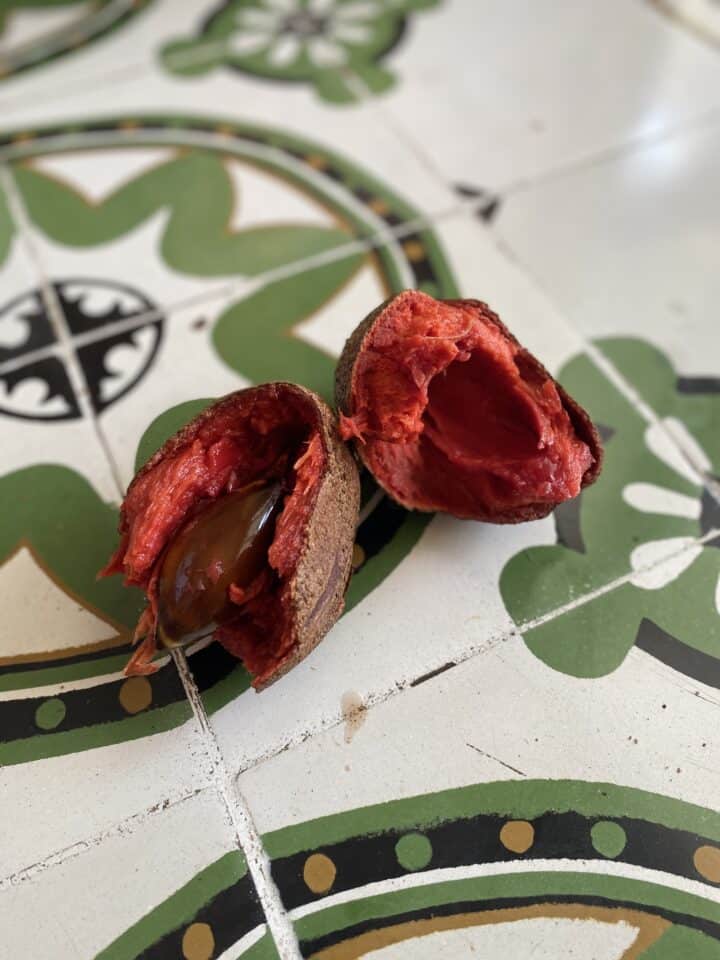
The Colombian fruit known as "mamey" refers to the fruit of the Pouteria sapota tree, which is also known as mamey sapote. Mamey is native to the tropical regions of Central America, including parts of Colombia, and is widely cultivated in the Americas for its sweet, flavorful fruit.
Mamey fruit is large, with a thick, rough skin that is brownish in color. The flesh inside is a vibrant orange or reddish hue, with a texture that is both creamy and smooth, similar to that of a well-ripened avocado. The taste of mamey sapote is often described as a combination of sweet potato, pumpkin, honey, apricot, and almond.
This fruit is typically eaten fresh but can also be used in a variety of culinary applications, including milkshakes, ice cream, and other desserts. It's a good source of vitamins, particularly vitamin C and vitamin B6, as well as dietary fiber and antioxidants.
The Juicy Delights of Mamoncillo
Mamoncillo is another fruit that should not be missed when sampling Colombia's array of tropical delights. This fruit is easily identifiable by its bright green exterior.
Inside, it conceals a juicy, tangy flesh that provides a burst of refreshment with each bite. Mamoncillo's vibrant flavor and succulent texture make it a favorite among those seeking a truly refreshing tropical treat.
The Romance of Caimito
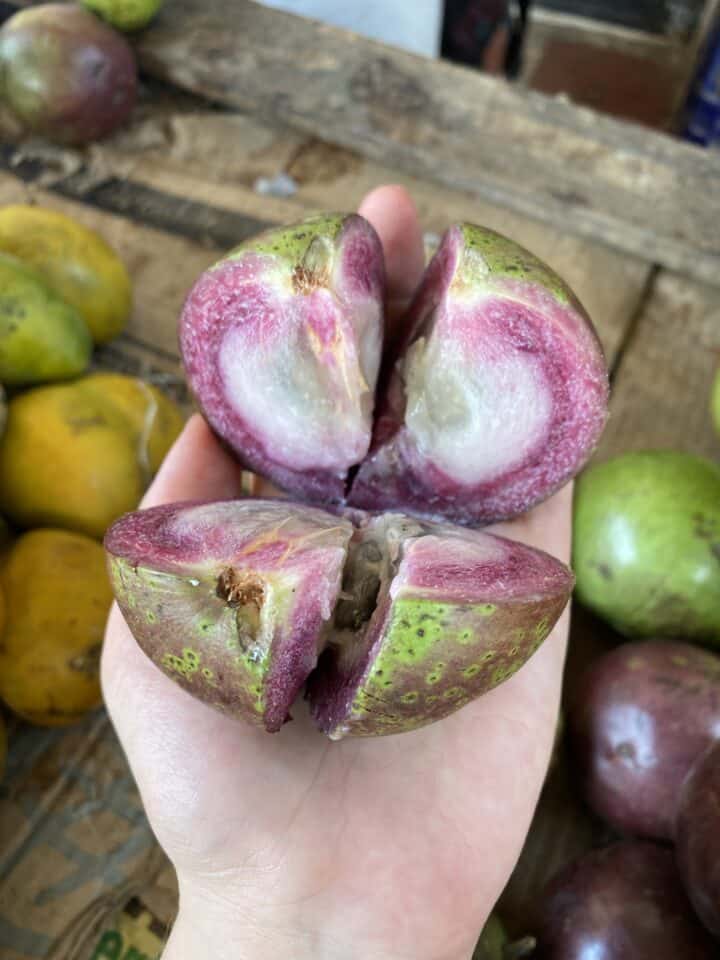

The Colombian fruit known as "caimito" is also referred to as the star apple in English. Its scientific name is Chrysophyllum cainito. In some regions, it is also romantically dubbed "la fruta del amor," which translates to "the fruit of love."
Caimito is a tropical fruit native to the West Indies and the Greater Antilles, but it is also grown in various other tropical regions, including Colombia. The tree belongs to the family Sapotaceae and produces a round, purple-skinned fruit with a star pattern visible in the pulp when it is cut crosswise. The fruit's skin can also be green depending on the variety. The flesh of the caimito is soft, sweet, and milky in texture, often compared to a combination of apple, lychee, and persimmon flavors.
The fruit is typically eaten fresh, and care is taken not to consume the skin, which can be bitter. The flesh is scooped out and enjoyed, leaving the hard, inedible seeds. Caimito is also used in desserts and drinks. It is rich in vitamins, especially vitamin C, and provides dietary fiber. The star apple is not only appreciated for its taste but also for its nutritional benefits.
The Snacky Wonder of Ciruela
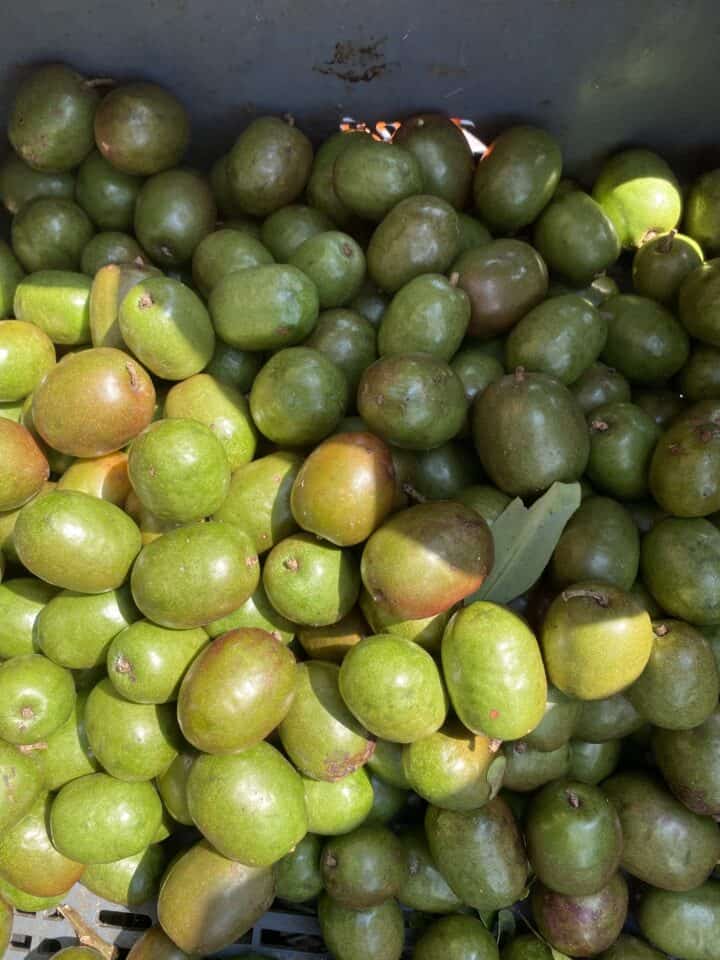
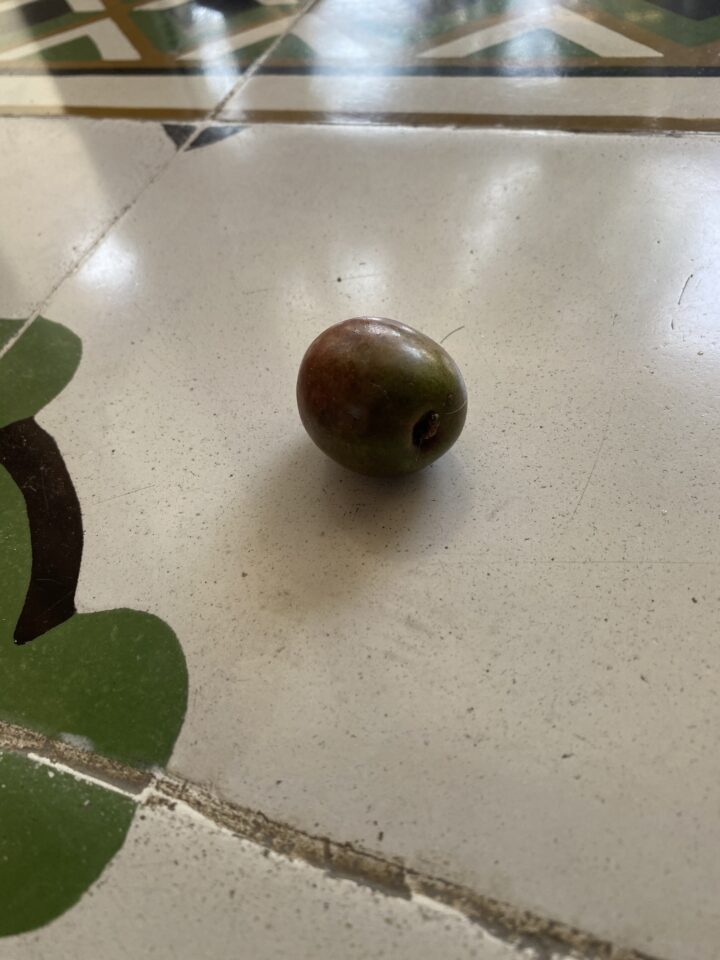
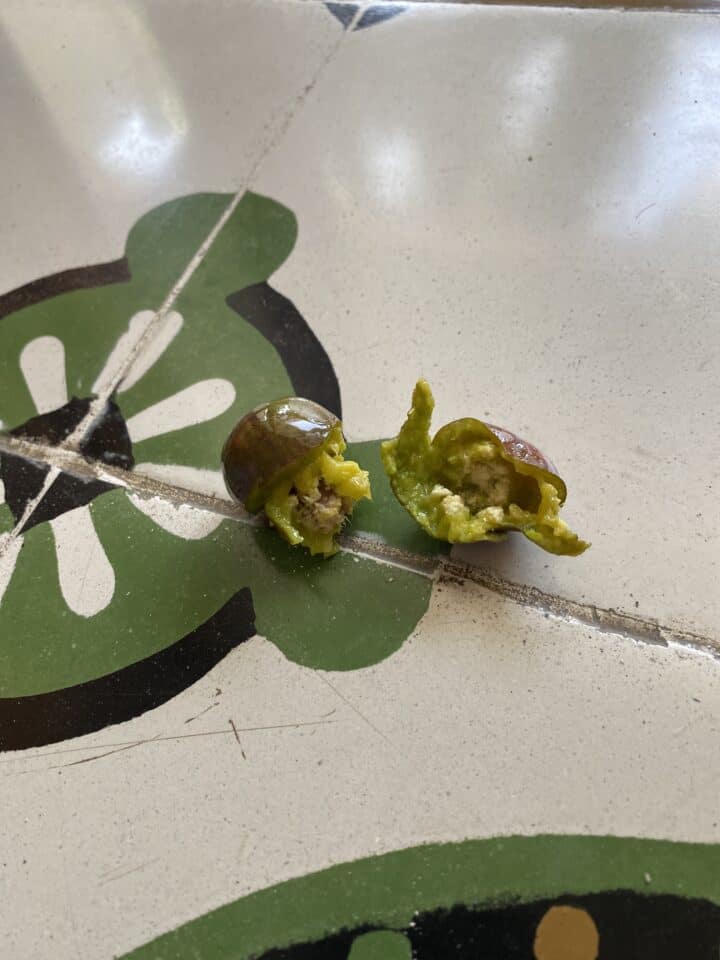
The fruit known as "ciruela" in Colombia and other parts of Latin America is often referred to as the Spanish plum, or more specifically, Spondias purpurea in the scientific community. It is a tropical fruit that belongs to the Anacardiaceae family, which also includes mangoes and cashews.
Ciruela is a small, oval-shaped fruit with a smooth skin that can range in color from yellow to red or purple when ripe. The flesh of the ciruela is juicy and can be either sweet or tart, depending on the variety and ripeness. Inside, there is a single large pit.
In Colombia and throughout Latin America, ciruelas are enjoyed in various ways. They can be eaten fresh, used in the preparation of jams and jellies, or made into drinks, such as refreshing juices or aguas frescas. The fruit is also sometimes pickled or used in savory dishes. It's a popular snack, especially among children, and is known for its high vitamin C content.
The Wonder of Pitaya
Pitaya, or the Colombian dragon fruit, is recognized for its mild floral taste that distinguishes it from its Asian counterpart. While the latter is typically pink inside, the Colombian variety features a yellow exterior and a white interior. Its mild and delicate flavor is versatile, making pitaya a perfect addition to salads, tropical overnight oats, and smoothies. It's a fruit that not only adds a burst of color to any dish but also offers a unique taste experience that is both refreshing and subtly sweet.
The Aromatic Wonder of Feijoa
The feijoa is a standout among Colombia's diverse fruit selection. This green, egg-shaped fruit captivates with its sweet, aromatic flavor and has been gaining popularity for its unique taste and versatility.
The Acidic Delight of Tamarillo
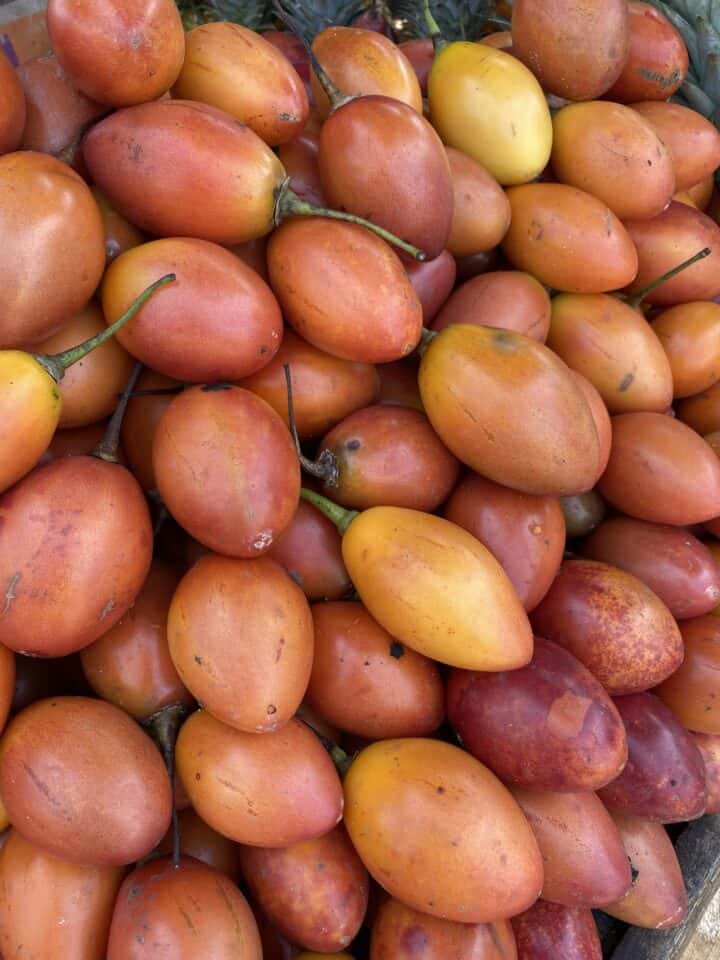
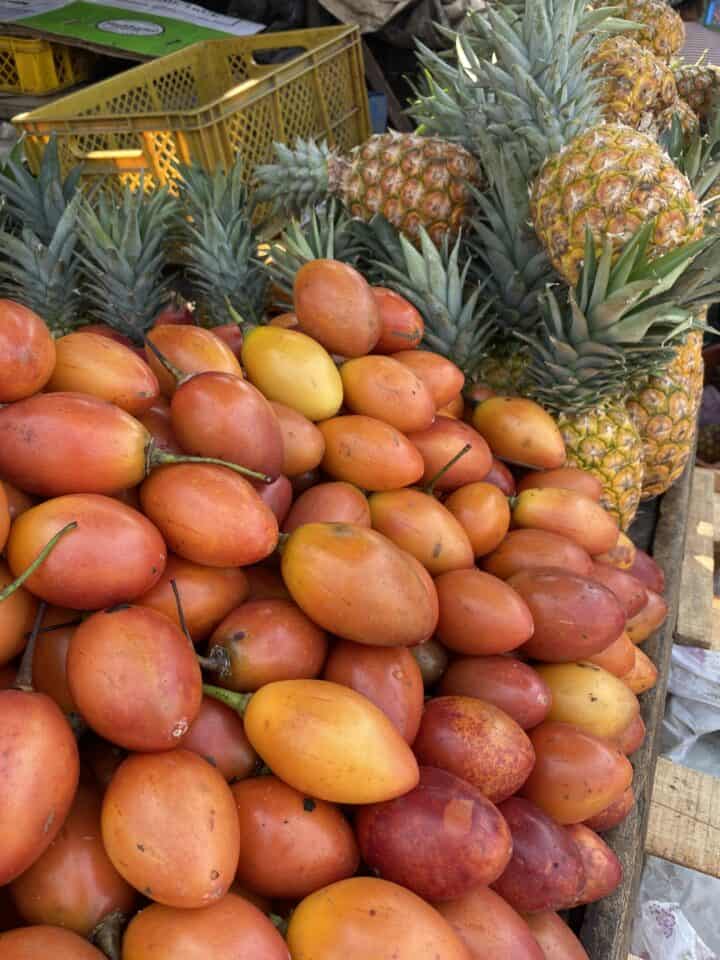
The fruit referred to as "tomate de árbol" in Colombia is known in English as the tree tomato or tamarillo (Solanum betaceum). Despite its name, it is not closely related to the common tomato but is instead a member of the nightshade family, which also includes potatoes, eggplants, and peppers.
Tamarillo is native to the Andes of Peru, Chile, Ecuador, Colombia, and Bolivia. It has an egg-shaped fruit with a smooth skin that can vary in color from yellow and orange to red and purple. The flesh inside is succulent, with a flavor that is somewhat akin to a blend between a tomato and a passionfruit—tart and slightly sweet.
In Colombia, tomate de árbol is widely consumed and is used in various ways. It can be eaten raw, used in cooking, or most commonly, blended into a juice. When preparing it, the skin is usually removed due to its bitter taste, and it may be sweetened to balance its natural tartness. It's a popular ingredient in sauces and salads and is also used to make jams and desserts. The fruit is rich in vitamins A and C, as well as antioxidants, making it a nutritious addition to the diet.
Cartagenian Corozo
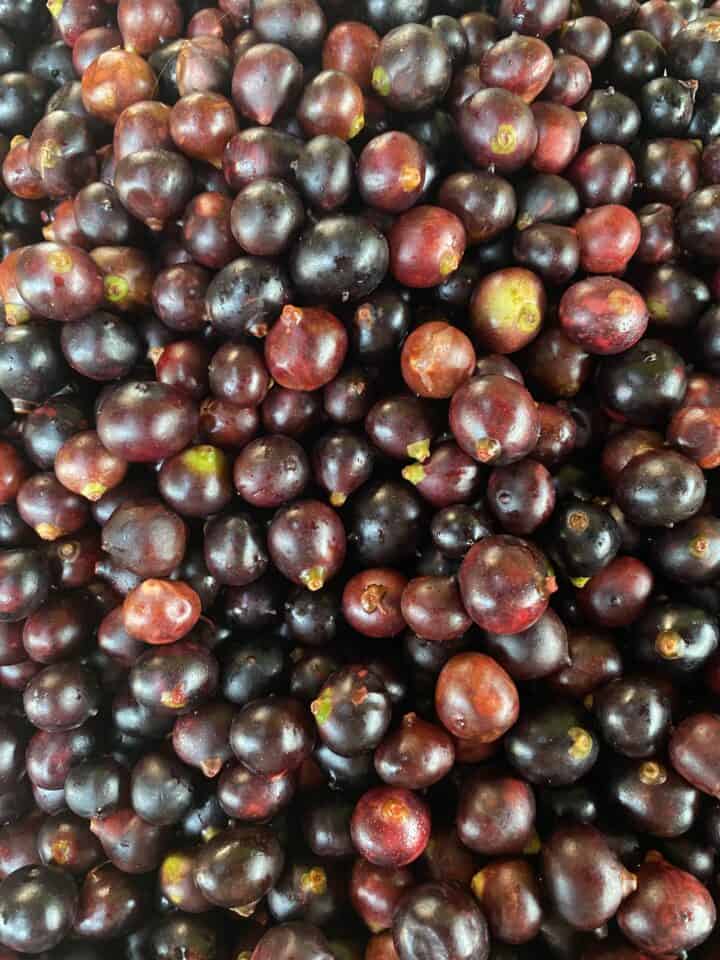
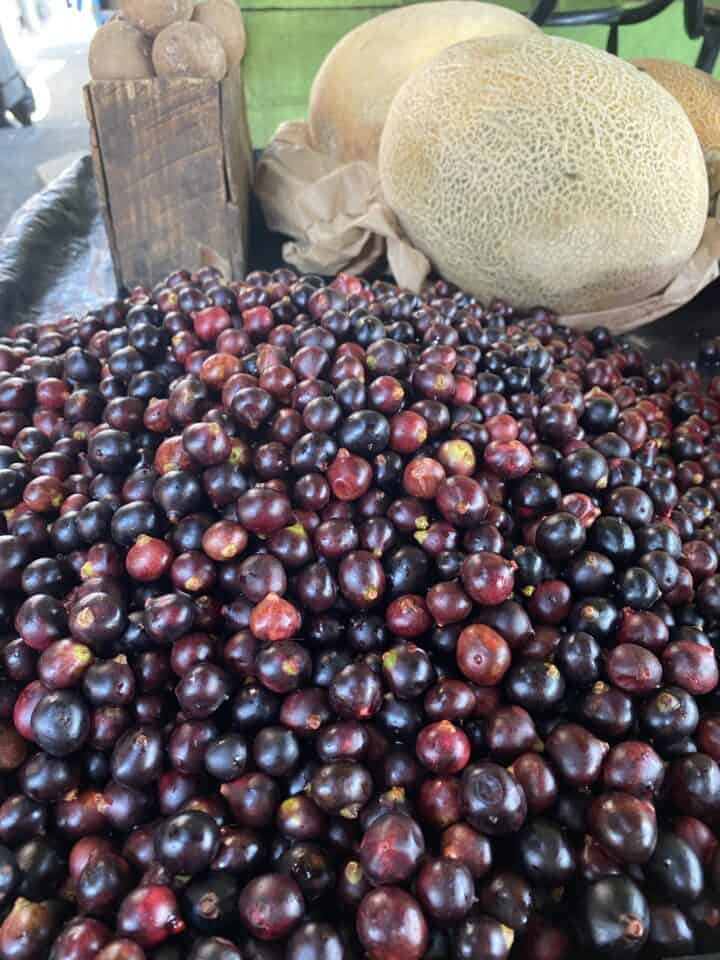
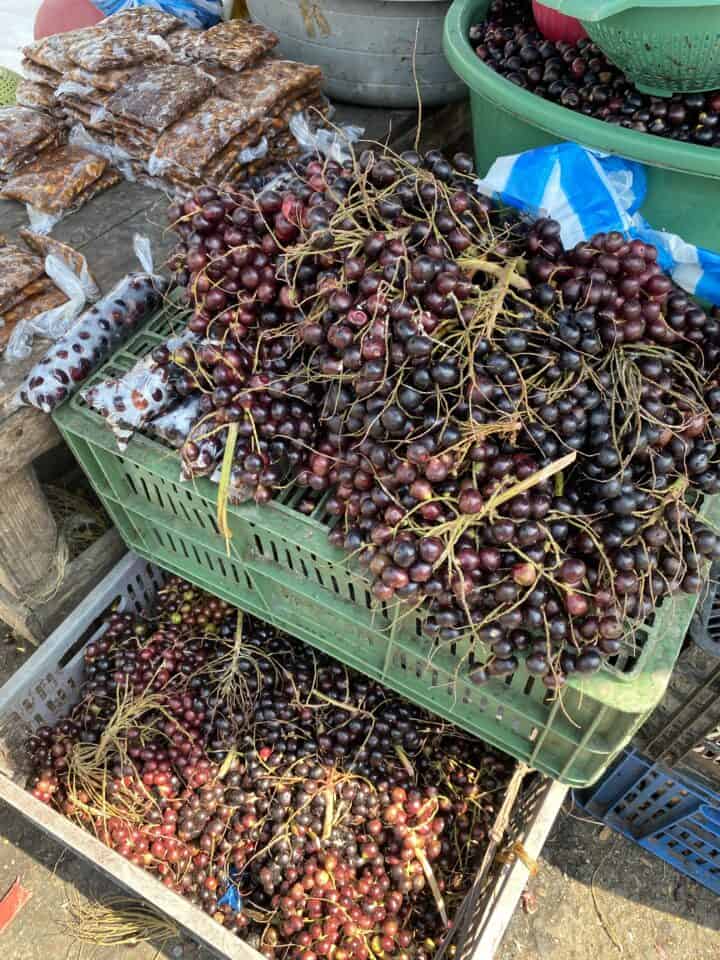
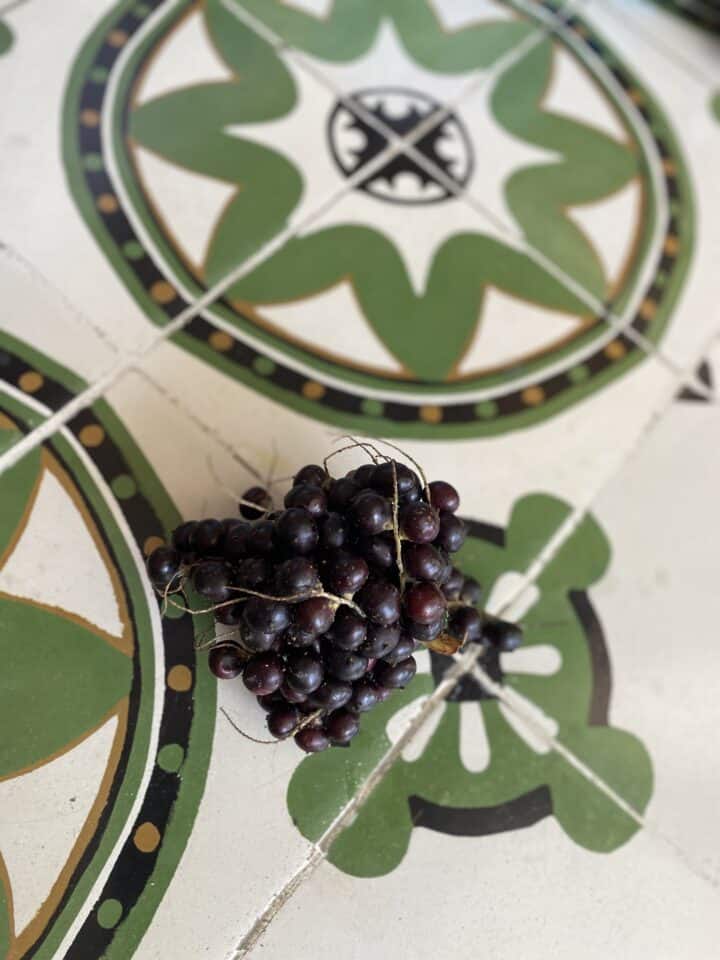
One of my most favorite discoveries in Cartagena was corozo. Corozo is a fruit native to the tropical regions of the Americas, particularly found in Colombia and parts of Central America. It comes from the palm species Bactris guineensis, which is also known as the corozo palm or the African oil palm. The fruit is small and typically red or orange when ripe, resembling a miniature coconut in appearance, but it comes as part of a large garland.
The corozo fruit has a hard outer shell with a fibrous layer inside that surrounds the edible part. The flavor of corozo is described as tart and somewhat astringent, and it is often used to make refreshing beverages, such as juices and alcoholic drinks like corozo wine. In Colombia, it's common to find street vendors selling chilled corozo juice, which is particularly popular during hot weather. In Cartagena, some of the best modern restaurants offer corozo cocktails.
Corozo is also rich in antioxidants and vitamin C, making it a good choice for those looking to boost their intake of essential nutrients. In addition to its consumption as a beverage, the fruit can be used in jellies, syrups, and other culinary preparations.
Nutritional Powerhouses with Unique Health Benefits
Colombian fruits are not only a feast for the senses but also a source of health benefits. “Guanábana,” also known as soursop, is known for its potential cancer-fighting properties and its ability to aid digestion, acting as a natural sedative that can help with tension.
The golden berry or “uchuva” is another notable Colombian fruit with health benefits. This small, bright yellow fruit is praised for its anti-inflammatory benefits and potential to regulate blood pressure.
Borojó, a distant cousin of the passion fruit, has a strong earthy flavor. It is rumored to be a natural aphrodisiac and can be found in traditional Colombian remedies and energy drinks.
Embracing Colombia's Fruit Heritage
The variety of flavors and health benefits found in Colombian fruits reflect the country's abundant natural resources and rich culinary traditions. These fruits are not just a part of the local diet but are becoming increasingly popular worldwide as people discover their unique qualities.
From the bustling city markets to the fertile countryside, Colombian fruits like lulo, pitaya, and guanábana are essential to the nation's food culture. As more people seek out these exotic tastes and nutritional advantages, Colombian fruits are poised to become a staple in diets around the world. Whether you're a foodie looking to expand your culinary horizons or someone interested in the healthful aspects of these tropical delights, Colombian fruits offer something for everyone.
This article is based on one that originally appeared on Food Drink Life.






Courtney says
This was such fascinating information. I think the only one I'd heard of before was tamarind. I hope to try some of the others now!